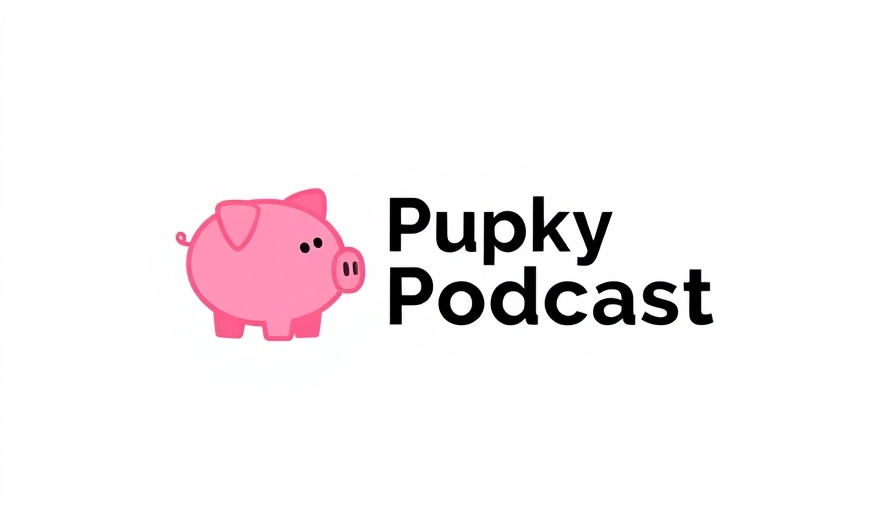
The Resurgence of Life Insurance: A Market Shift
In a stunning return, the life insurance sector has achieved its strongest growth in over 40 years, with a significant 13% premium increase alongside a robust 17% growth in policy count as reported in the latest LIMRA data. This surge is distinctly attributable to the rise in cash value policies, which have been gaining traction among consumers, especially younger generations. Historically dominated by term insurance, the market has witnessed a seismic shift favoring permanent coverage, particularly indexed universal life (IUL) and whole life policies.
Decoding the Numbers: Growth Statistics
The prevailing growth trend reflects an evolving consumer preference. Specifically, indexed universal life sales jumped 21% year-over-year, while whole life policies enjoyed an 8% growth, and variable universal life (VUL) saw a modest 4% increase. Conversely, the term insurance market has stagnated, registering a mere 1% growth. Such statistics underscore a noteworthy pivot in consumer attitudes toward financial security and asset protection, as more buyers lean toward products that facilitate wealth accumulation rather than solely providing death benefits.
Financial Strategy: Why Cash Value Policies?
This growing inclination toward cash value life insurance can be attributed to several factors. For one, the long-held counsel of "buy term and invest the difference" is being challenged as new market dynamics emerge. As financial literacy among younger buyers improves, they are increasingly recognizing the benefits of over-funded IULs, which not only offer death benefits but also accumulate cash value that can be tapped into throughout their lifetimes.
The key appeal lies in the dual advantages these policies present: a safety net for heirs and an investment vehicle. In uncertain economic times where traditional investment accounts can fluctuate significantly, cash value insurance products stand out for their stability and growth potential.
Generational Wealth and Legacy Planning
As families plan for generational wealth transfer, life insurance increasingly plays a pivotal role in asset protection and long-term financial planning. By leveraging these cash value policies, current policyholders can establish a financial foundation that offers both protection and a path for wealth inheritance, ensuring peace of mind for their progeny.
Among the industry's key players, Pacific Life is making waves with an average VUL premium of $208,000. In stark contrast, National Life Group averages only $6,700 for its IUL policies. These variations highlight the diversity in product offerings as companies cater to a broad spectrum of consumers, from affluent families to those just beginning to secure their financial futures.
Future Trends: Navigating the New Landscape
As we survey the landscape of life insurance in today’s volatile economic climate, it is clear that the trends of increasing premium growth and policy shifts are reshaping the industry. The rise of indexed accounts in variable universal life policies reflects a move toward informed financial strategies that benefit both policyholders and insurers.
In conclusion, the invigorated life insurance market signals not just a rebound but a pivotal transformation. As consumers prioritize financial strategy and protection, the strategies employed in life insurance planning will undoubtedly evolve. It's essential for families and financial advisors alike to stay apprised of these shifting trends and adapt their approaches to ensure lasting wealth and security.
Interested in optimizing your life insurance strategy to align with these market shifts? Contact professionals who can guide you through the insights of the current landscape and help tailor a financial strategy that suits your family’s unique needs.
 Add Row
Add Row  Add
Add 




Write A Comment